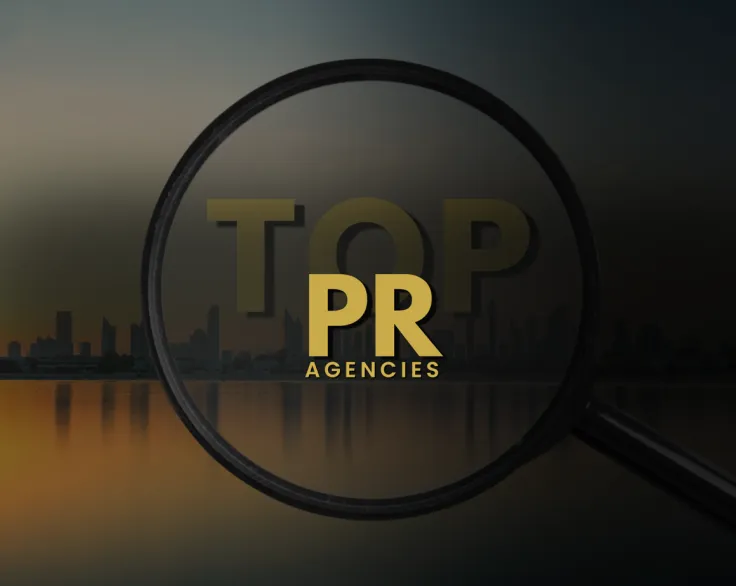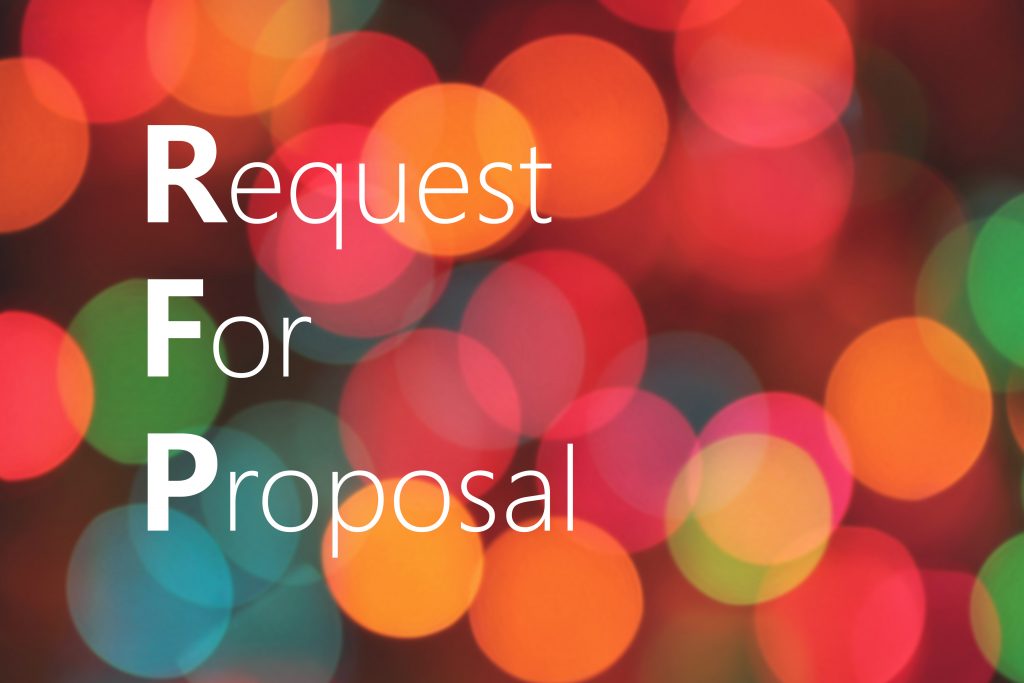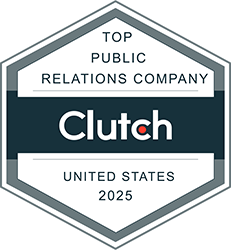BIG FISH PR Named A Top PR Agency

IBT (The International Business Times) recently published its list of the “Top PR Agencies To Look Out For In 2022,” naming BIGfish Communications one of the top 3. IBT wrote, “We have narrowed down the list of your top PR agencies for 2022 to include the top-rated PR firms that offer a wide range of […]
How to Write a Public Relations RFP & Hire the Right Agency

One of the best sources of new client business for BIGfish PR has been inbound inquiries resulting from the press coverage we regularly secure and the hyper-effective campaigns we execute. We see this time and again; great PR campaigns attract great clients. Sometimes though, potential clients invite us to participate in a Request For Proposal […]
Avoiding Kim Kardashian’s Mistakes
On Monday, the Securities and Exchange Commission (SEC) announced charges against Kim Kardashian for accepting payment to promote EMAX tokens– a cryptocurrency offered by EthereumMax– on her Instagram account. From a PR perspective, we know there are much better ways to promote your business, through innovative storytelling or reputable news coverage. For failing to disclose […]

